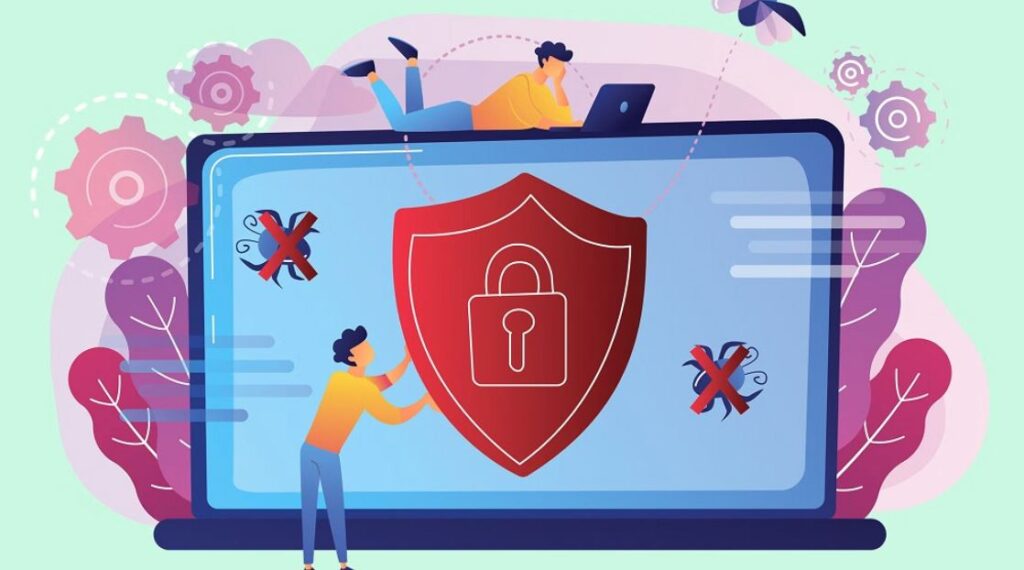What is File Encryption?
File encryption secures data by converting it into an unreadable format, accessible only with a decryption key. While encryption protects data, losing access due to ransomware or forgotten passwords can be a major issue.
Why Are Files Encrypted?
- Ransomware Attacks: Cybercriminals encrypt files and demand a ransom for decryption.
- Security Measures: Users encrypt files for protection but may forget the password.
- Software Errors: Encryption can occur due to system bugs or software malfunctions.

free decryption software
Top Free Decryption Software
1. Free Decryption Tools from Cybersecurity Companies
Security firms like Kaspersky and Emsisoft offer free tools to decrypt ransomware-infected files. Identify the virus type before using these tools.
2. Backup Recovery Programs
Regular backups are the best defense. If you have a backup, restore the unencrypted version of your files.
3. File Recovery Software
Programs like Recuva can recover previous, unencrypted file versions if no new data has overwritten them.
4. Cybersecurity Experts Assistance
If all else fails, seek professional help. Experts may offer advanced decryption techniques.

free decryption software
How to Prevent File Encryption Issues
✅ Regular Backups: Keep secure copies of important files offline.
✅ Use Reliable Antivirus Software: Protect against ransomware and malware.
✅ Beware of Suspicious Emails & Links: Avoid phishing scams.
✅ Keep Systems Updated: Security updates help patch vulnerabilities.
Conclusion
Free decryption software provides an effective way to recover encrypted files. However, prevention is key—maintain backups and use robust security measures.